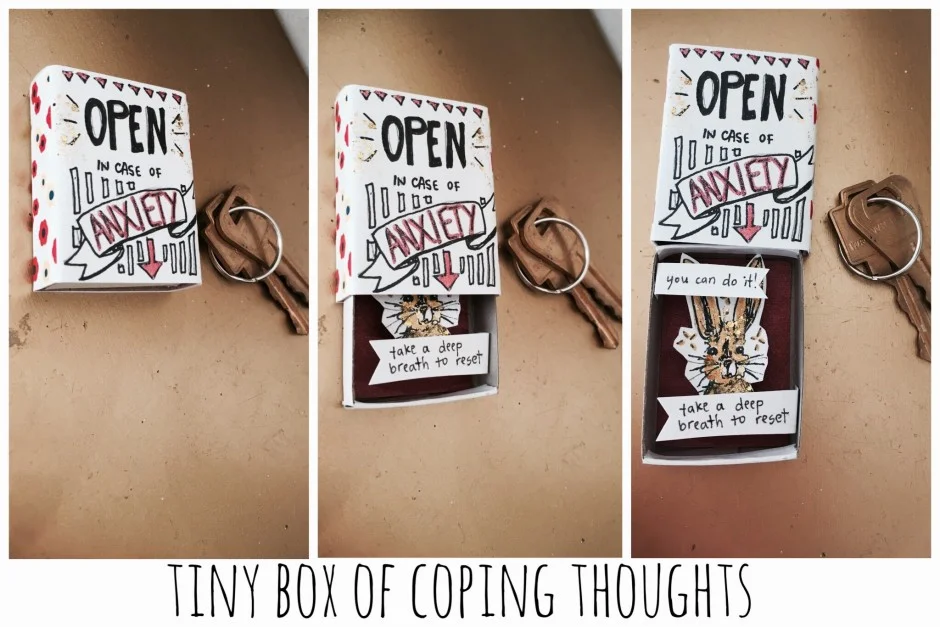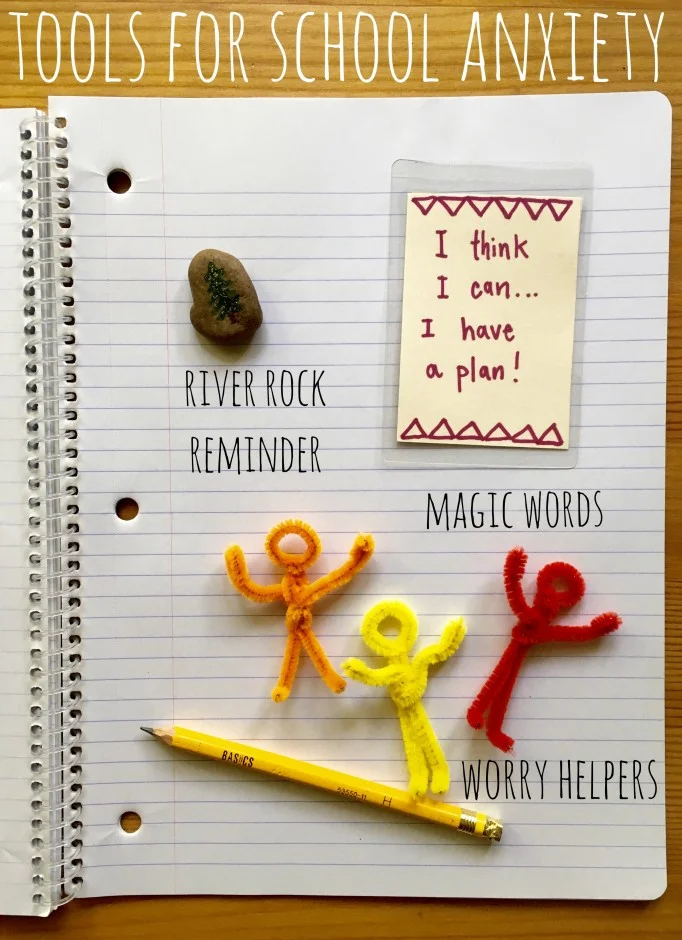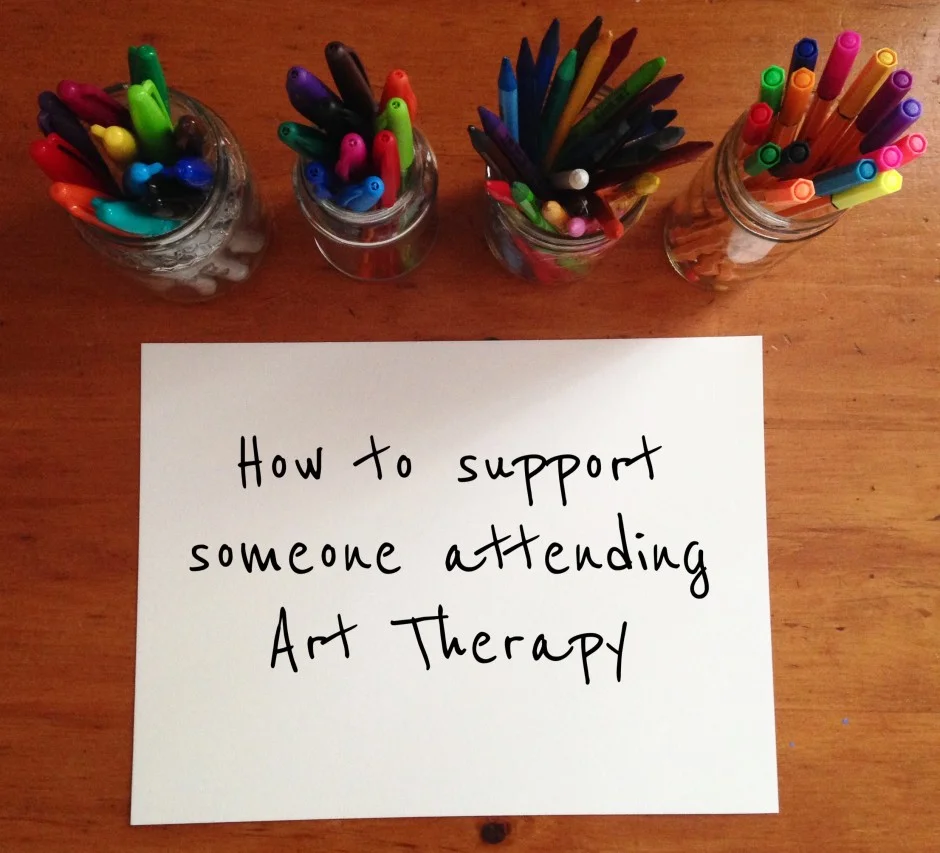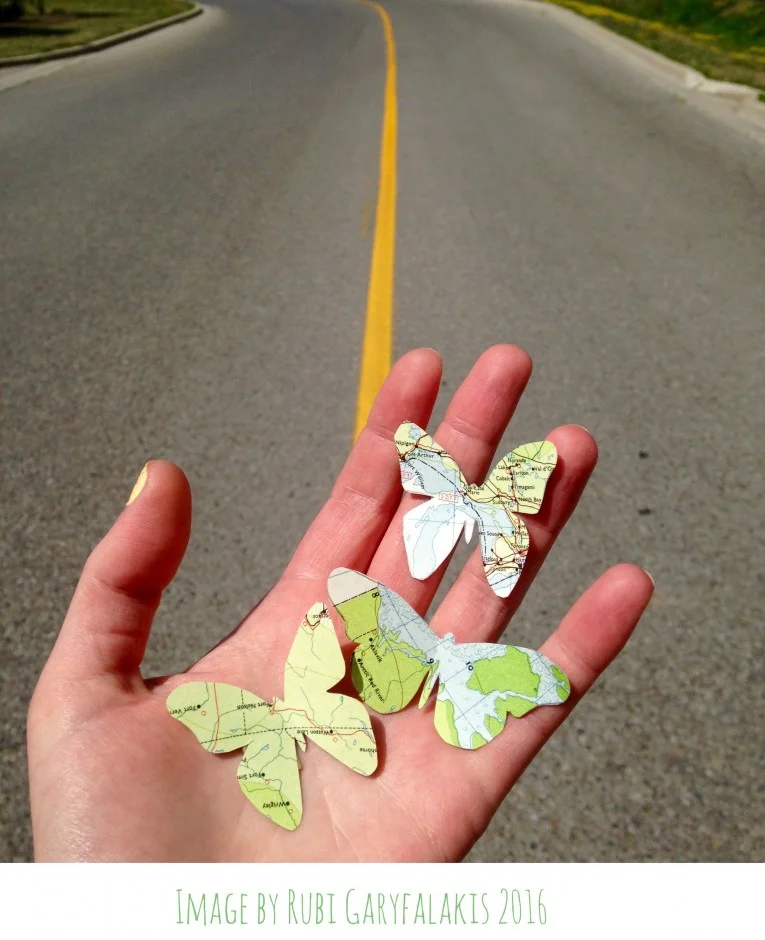At Art as Therapy, we are supporters of household chores for kids. We see chores as a unique opportunity for parents and caregivers to support their children in a sense of “I can!” Capacity describes our ability or power to do, experience, and understand things. Our self esteem reflects our sense of capacity – when we believe that we have the ability and power to do things, we tend to feel positively towards ourselves and feel confident in facing any challenges that come our way.
Stress and the Five Senses
September represents the end of summer, and for many that means a return to school, work, and . . . stress. The physical impact of stress has been extensively explored in the medical world. Check out this link to read a summary of how stress impacts different systems in the body including the respiratory, musculoskeletal, cardiovascular, digestive, endocrine, and nervous systems: http://www.apa.org/helpcenter/stress-body.aspx.
“Open in Case of Anxiety”: Three Tips for Facing Social Fears at High School
For many, September brings a sense of new beginnings and a chance for a fresh start. High school students may see the dawning of a new school year as an opportunity to reinvent themselves socially – to make new friends, to try a new style, or to join a club. While offering many valuable learning opportunities, the social dynamics of high school can bring tremendous pressure and may trigger some anxiety. In our work at Art as Therapy we often find that friendships and social dynamics are a big cause of anxiety as teens head back to school. Teens may worry about how their peers will react to a new hairstyle, or have fears around not knowing anyone in class, or feel anxious that they will not fit in with the desired group.
Simple Strategies for Parents to Help Children Express their Emotions: Strategy #1
Children are born with emotions, but they are not born knowing how to manage them. They learn this from YOU! While this can feel overwhelming, it can also be an amazing opportunity to spend quality time with your child developing a home where all kinds of emotions are welcomed, understood, and appropriately expressed. It’s never too early to start teaching children about emotions and to start modeling healthy emotion regulation strategies. During the early years, it’s all about teaching the vocabulary and providing space where conversations about emotions can take place. Here are some simple ways that you can help your child to start thinking and talking about emotions. Children as young as two or three years can greatly benefit from these strategies:
Creative Strategies for Managing Back to School Anxiety
While the art therapy process allows clients and therapists to create unique and individualized solutions, today we’re sharing some general creative strategies for managing back to school anxiety. First there are three basic tips for parents, followed by three arts-based tools to make together that will equip students for the first day of school.
5 tips for supporting your kids during a separation or divorce
If you are navigating a separation or a divorce with a former partner, chances are that you are not only dealing with the change for yourself, but you may be supporting your children through this process as well. There may be financial changes or strains, different living arrangements, time shared between parents, or a shift from a double parent to a single parent household. This can mean all kinds of changes for both you and your kids. There is so much to take care of and to think about, on top of your own emotions in connection with what’s happening. Understandably so, it may feel overwhelming to know where to start in emotionally supporting your children through this transition.
How to Support Someone Attending Art Therapy
Today we want to say thank you to parents, caregivers, friends, or supporters of clients attending art therapy. You are an incredibly important piece of the puzzle for the work we do at Art as Therapy. Through the roles that you play in our clients’ lives, you directly or indirectly support the process of art therapy in many ways. This may mean that you provide transportation, childcare, reminders about appointments, or even consent for clients to attend. While we may sometimes only be aware of the physical ways in which you offer your support, we imagine that you also support our clients emotionally.
A Basic Roadmap for the Course of Art Therapy
If you’re reading this post, chances are that you are new to the world of art therapy. Whether you’re looking into it for yourself, a child or family member, a friend, or for someone you work with, the idea of starting therapy can sometimes seem overwhelming.
7 Listening Tips to Build Healthy Relationships
Recently I was reminded of the children’s game “broken telephone.” As I reflected on the humorous possibilities of the game through a playful illustration, I was struck by the importance of listening for effective communication. With hand held devices and social media, we claim to be more connected than ever. Despite our many advances in technology, we still can’t know what someone else thinks or how they feel without listening to them. Without listening, an intended message can become distorted and misinterpreted, and this can cause disconnection and conflict in relationships.
How to ask children empowering questions about their art
Your child arrives home from school and proudly presents you with a painting he or she made at school. You are overjoyed to see what they have made, but what happens next? Today we’re exploring how we can talk to people about their artwork in ways that empower them to share what’s on their minds.















